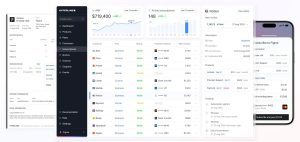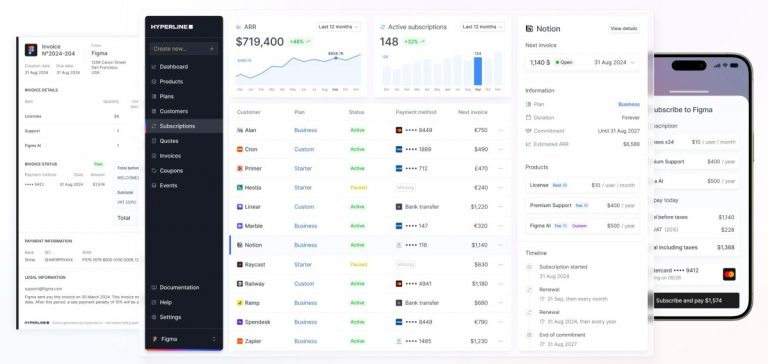TL;DR
- Binance expanded user options, adding DOGE and other assets as collateral on Fixed Rate Loans and VIP Loans.
- The involved cryptocurrencies saw minor gains, possibly boosted by the company’s support and the broader resurgence of the crypto market.
Further Support for These Cryptocurrencies
The world’s largest crypto exchange recently included Dogecoin (DOGE) and Litecoin (LTC) as collateral assets on Fixed Rate Loan. It also added ChainGPT (CGPT) as a loanable asset on the VIP Loan.
Binance’s Fixed Rate Loan program enables users to borrow or lend stablecoins at fixed interest rates, ensuring predictable costs and returns. Borrowers secure loans with collateral. Well-known cryptocurrencies that can serve that role include Bitcoin (BTC), Ethereum (ETH), Solana (SOL), and Avalanche (AVAX), as well as the recently added DOGE and LTC.
“The platform effectively matches the needs of suppliers and borrowers. Fixed Rate Loan is over-collateralized, supporting multi-asset collateral to reduce liquidation risk. It also features an efficient automated process with auto-repay and auto-renew options,” the company explained.
For its part, the company’s VIP Loan service offers over-collateralized loans for institutional and large-scale clients, providing flexible terms, competitive rates, and access to multiple assets.
DOGE, LTC, and CGPT have all charted gains in the last 24 hours. However, the support from Binance might not be the only factor contributing to their positive performance.
Another element is the overall resurgence of the cryptocurrency market, where Bitcoin (BTC) exceeded $98K, while Ripple (XRP) tapped a seven-year high of almost $2.90. Other top performers include Stellar (XLM), Cardano (ADA), and more.
The Delisting Effort
Besides adding new services to clients, Binance often removes cryptocurrencies or certain trading pairs due to factors like poor liquidity. Several hours ago, it announced that the following spot trading pairs: BNX/BTC, CATI/BNB, CATI/BRL, CHZ/FDUSD, DOGS/BNB, GTC/BTC, HIGH/BTC, LISTA/BRL, NOT/BRL, PIXEL/BTC, TKO/BTC, TWT/BTC will no longer be available from January 17.
Spot trading services for the aforementioned will also be terminated on that date. “Users are strongly advised to update and/or cancel their Spot Trading Bots prior to the cessation of Spot Trading Bots services to avoid any potential losses,” the exchange advised.
Earlier this year, Binance conducted a similar amendment, disclosing that LIT/BTC, NULS/BTC, SFP/BTC, BEL/BTC, and LSK/BTC will become unavailable to clients from January 16.
Binance Free $600 (CryptoPotato Exclusive): Use this link to register a new account and receive $600 exclusive welcome offer on Binance (full details).
LIMITED OFFER for CryptoPotato readers at Bybit: Use this link to register and open a $500 FREE position on any coin!























+ There are no comments
Add yours